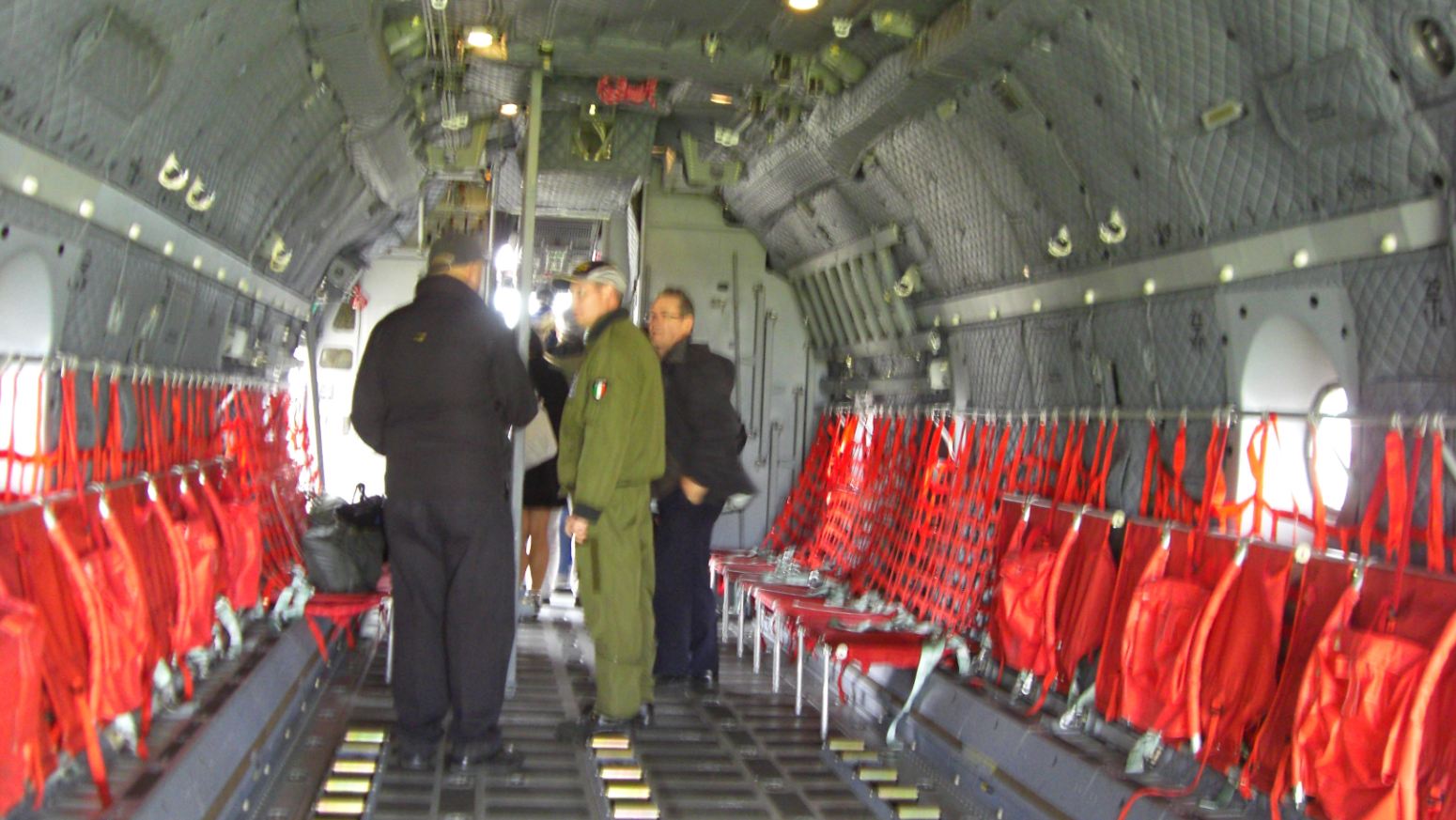|
Radschool Association Magazine - Vol 40 Page 10 |
|
Privacy Policy | Editorial Policy | Profit Policy | Join the Association | List of Members | Contact us | Index | Links |
|
Back Go to page: 1 2 3 4 5 6 7 8 9 10 11 12 13 14 15 16 17 18 19 20 Forward |
|
|
|
Butterworth
Wilf Hardy has been following our stories on Butterworth. He’s found some errors and has written to us letting us know where we had it wrong. We thank him for that.
“I would like to comment on the article appearing in Volume 38 of the Radschool Magazine titled “Butterworth Revisited”. The story is quite well researched and pretty well as I remember it. A Google search soon identified it as a precise of “Going Solo, The Royal Australian Air Force, 1946 -1971. The Emergency.” Had the article concluded as per the original I would have nothing but praise for it. However a staggering error had been added, in that under 2 Squadron, it states: “Its arrival was too late to participate in the Malayan Emergency, by this time the insurgency was all over.” This is totally and utterly wrong!
|
|
|
|
|
|
You published an article I wrote on my time at Butterworth in Volume 29 of the magazine, which gives a fairly complete picture of the tasks 114 MCRU carried out associated with strikes on Communist Terrorist (CT) targets by Butterworth squadrons, 2 Squadron being our principal offensive arm. If I fabricated my tale, then I should have become a novelist after I left the RAAF! In searching for the origin of the misinformation I have found the Australian War Memorial pages misleadingly incomplete and am staggered by the omission of 2 Squadron from the list of RAAF units, or how anyone could interpret these pages as “....too late to participate in the Malayan Emergency,” if indeed that was the source of the statement. Note:
|
|
|
|
|
|
There is also an anomaly at the AWM pages on the Australian Army. It states “Although operating in the border region, 1RAR made no contact with the enemy and was forbidden to move into Thailand, even when the presence and location of communists was known”. Yet at ‘Australians Involved in South-East Asian Conflicts; The Malayan Emergency (1948-1960): Australians on Operations,’ it states “1RAR.... sometimes crossed the border into Thailand in order to follow communist guerrillas and drive them back into Malaya.” This latter statement is basically correct, but nowhere have I been able to find any statement that the RAAF carried out bombing strikes over the border in Thai sovereign territory, which happened on several occasions, starting well before the end of the Emergency and continuing for a number of years thereafter.
The AASM 1945 – 75 issued for service up until the end of the Emergency on 31 July 1960 has a ‘MALAYA’ clasp. From 01 August 1960, it has a ‘THAI-MALAY’ clasp for service on the border. Conceivably, some 2 Squadron aircrews may well have been issued with both clasps for strikes in the border area spanning these dates.
Interestingly, in ‘Alias Chin Peng, My Side of History ISBN: 981-04-8693-6,’ Chin Peng states “......the effective British and later Australian patrolling in deep jungle areas..... made permanent base camps impossible to maintain.’ Also, he states that by 1958, “Yet for all our problems, our military activities, though smaller in scale, remained functioning,” and he states that Thailand had given permission for Malayan police and army to follow CTs over the border in “hot Pursuit”, but not foreign troops. But British SAS and Australian troops did patrol deep into Thailand.
At the time of 2 Squadron’s arrival at Butterworth, Chin Peng still had 350 hard core guerrillas in the northernmost Malayan states of Perak, Kedah and Perlis. Perak was a hotbed of communist activity right from 1948 until it was declared CT free in late 1959. Most of our air strikes were carried out in the vicinity of the township of Grik, directly to the east of Butterworth in almost inaccessible mountainous jungle. As I stated in my earlier article, you could hear the explosion of bombs to the East from the 114 MCRU compound.
But let’s hear from other people who were there:
|
|
114 MCRU
“There were raids across the border into Thailand
– illegal of course. Thailand was a fellow SEATO member – I reckon a
lot of stuff was conveniently forgotten. S.E. Asia was very unstable
at the time, with Chinese massacred in Indonesia and it was the
period of the cold war. Everything was sensitive, especially with
Indonesia, Sukarno and his relationship with Muslims, nationalists,
communists and the border argument re Borneo. I seem to remember
“I recall one morning all the Canberras were bombed-up waiting to take off on a strike and one of the two search radar receivers was performing below spec. The Radio officer had me quickly swopping units at the radar head until we got the performance up. We held up the strike for about an hour.”
“A mate who was in the army during our time, did his tour mainly around Grik. He tells me after weeks dragging around in the jungle they came into RAAF Butterworth for a meal after closing hours – all dirty and smelly – and the messing staff apologised and said they could only do a steak for them”. That must have been difficult to take after being on hard rations for weeks in the jungle!
“An RAF officer once gave the wrong coordinates for a raid and the CTs were not affected but others were – he was sent home within 24 hours. There was a lot going on even we at MCRU didn’t know about. I met up with an ex-NZ army bloke a few years ago who was ‘blown-up’ by the RAAF, who then rescued him, taking him straight to the boozer before taking him to the hospital. This fellow had two perforated ear drums.”
“A Canberra bombed a CT target, navigating with the Doppler drift correction system Green Satin; the only problem was the aircraft was at 15,000 feet and dropped his stick right on top of the army observers, completely missing the CTs.” We always seem to remember the stuff-ups. This may have been the same incident as in the foregoing. One would hope this didn’t happen too often. There was no GPS in those days which is why it was so vital that aircraft were vectored into the target areas on many of these strikes by MCRU once we were operational.
“The RAF also carried out regular strikes over the northern ops area of Malaya, mainly around the Grik area using Meteor NF14s out of Singapore, so MCRU tracked them. I will always remember their call sign – ‘Firedog’.” Although the RAAF had responsibility for the Northern area of the country, the RAF was still carrying the fight to the CTs in ’58-‘60. ‘Firedog’ was the name of the anti-insurgent air operation carried out right up until the end of the Emergency.
|
|
1RAR
“We did a lot of patrolling around the Grik area of Perak, on the Thai border around Kroh and over the border well into Thailand. Our usual patrol was up to 90 days at a time. We weren’t supposed to be in Thailand and the Thais were not happy. We always had a RAAF fellow with us who handled calling in air strikes and supply drops. Most of the supply parachutes got caught up in the trees and if the Sakais (Malayan aborigines) we had with us couldn’t climb the trees, we packed explosives around the trunk and blew the tree over. The Sakais sometimes trapped snakes and monkeys to supplement our rations.” I never knew RAAF forward air controllers operated with our army in Malaya. They must have been brave souls to give up life at Butterworth for 3 months at a time in the jungle!
“One time, around Grik, we caught a Chinese boy who was a CT courier and handed him over to the Malayan Police. A while later we were invited to witness the hanging, which we declined; he was only 12 years old.” It was a dirty war on the ground. The Internal Security Regulations which served the country so well during the Emergency included indefinite detention without trial and is still in use in Malaysia today, together with capital punishment by hanging.
2 Squadron
“I had three periods of operations in Malaysia; first one year on Lincolns flying out of Tengah in Singapore, that was serious, full-on heavy bombing almost daily and straffing with all machine guns. I had another go with the Canberras and after they left, flew Dakotas supply dropping to the Malay troops in their forts, where they were too deep in the jungle to get supplies through by land and that was a load of fun. My view as best as I remember, was that (by 1958) the whole affair was about all over, we didn’t think it a big deal, we just enjoyed the flying, particularly the area bombing where we ran in and bombed in a tight formation. I do remember carrying out raids into Thailand but we didn’t go far in. Not all our bombing runs were controlled by MCRU as we did a lot of visual run-ins on smoke markers dropped by spotter aircraft. I didn’t keep details in my log book, just noted that they were ‘FIREDOG as briefed’”.
“I was flying the escort Canberra for the Sabre ferry (November 1958). We flew to Labuan the day before, then before the departure of the Sabres from Labuan, we would do a weather recce along the route, return to Labuan then fly 15 minutes ahead of the Sabres giving the weather and drift, so they could navigate themselves”.
In March 1960 a 2 Squadron Canberra aborted a take-off at about 90 knots and overshot the threshold at the southern end of the runway. The aircraft ploughed through swampy ground coming to rest on its belly among coconut palms. The Thorneycroft fire truck and the ambulance became bogged, but the WW2 blitz wagons made it to the wreck. The navigator (actually the pilot who provided these 2 Squadron comments) was uninjured.
“We had a couple of small bombs on board, but we were heavy, at max all up weight being full of fuel. We were off on a long range navex deep into S.E. Asia to be followed by a bombing run on Song Song Bombing Range on our return. When we came to rest, both engines were running, one near full power and because they were damaged, they were squirting large volumes of flame out the back. The pilot was all hysterical and useless, the floor had driven up forcing the pilot and ejection-seat through the canopy and jamming his legs under the instrument panel. I remember the doctor saying ‘we’ll have to cut his legs off’ and I said ‘don’t be stupid, just get him out of it’”.
Flt Lt Robert Wyatt (leftt) was awarded the George Medal for rescuing the pilot, whilst Sergeant Victor Anderson was awarded the British Empire Medal for climbing onto the wing and cutting through the fuel lines to stop the engines. The doctor missed out.
There are those who still believe Butterworth was a bit of a sinecure in those days, but in the words of the old song, ‘It ain’t necessarily so..........”
It is a disappointing fact that recorded history of that period can only at best be described as unreliable. To state that 2 Squadron arrived at Butterworth too late to participate in the Emergency is absolutely incorrect. I was just 20 years old when I arrived at Butterworth and am now 74. Obviously the ranks of those of us who served at that time are thinning rapidly. By trivialising the role of 2 Squadron, all of us who served at Butterworth, many in critical support roles are also dishonoured. It’s about time the record was set straight.
Wilf Hardy, Radio Technician (Ground), 114 MCRU, RAAF Butterworth, July 1958 – Feb 1961. AASM 1945-75 (MALAYA); ASM 1945-75 (S.E.ASIA); GSM 1918-62 (MALAYA); PJM.
|
|
My dad worked on the roadwork’s for twenty years before he got fired for stealing! At first I didn't believe it... but when I got home all the signs were there. Sorry Rupe!
|
|
For Sale!
|
|
|
|
|
|
One very clean Hercules aircraft, undercarriage has been thoroughly cleaned, as is, where is, all offers considered. Doppler antenna might need changing... |
|
|
|
Lionel
goes to an outdoor show and wins a row boat. He brings it home
and his wife
His
brother came over to visit several days later. He sees the wife
and asks where his brother is. She says, "He's out there in his
row boat", pointing to the
The brother heads out behind the house and sees his brother in the middle of paddock sitting in the boat with a fishing rod in his hand .
He yells out to him, “What are you doin’?” His brother replies, “I’m fishin’. What the hell does it look like I’m a doin’?” His brother yells, “It’s people like you that give us Tasmanians a bad name, makin’ everybody think we’re stupid.
If I could swim, I’d come out there and kick your backside!”
|
|
The C-27.
Early in May, 2012, the decision was made, Australia is to get 10 X C-27J Alenia Spartan aircraft as a replacement for the old Caribou.
|
|
|
|
|
|
The C-27J Spartan, which looks like a little Herc, will provide the ADF with an airlift capability that will fill the gap resulting from the retirement of the Caribou. The C-27J slots in nicely between the Army’s Chinook and RAAF’s Hercules and is expected to be fully operational by December 2016.
Way back in 1976, just 12 years after they had started work with the RAAF, it was recognized that a replacement would be needed for the Caribou. The RAAF had only recently introduced 12 X CH-47C Chinook helicopters and ordered 12 X C130H model Hercs to replace the old A models and it was thought that a Caribou replacement would be needed by the mid 1980’s.
|
|
|
|
|
|
But it wasn’t until the mid 1990’s that anyone got serious. In May 1989, Ros Kelly, the Labor Minister for Defence, made the momentous decision to get rid of the Chinooks, thinking the Black Hawks could do the job. It soon became obvious that this was a stupid decision so the sale was cancelled and it was decided to swap the 11 C model Chinooks (one had been written off) for as many of the upgraded D models as could be negotiated. 4 X D models arrived in 1993 and another 2 more in 2001. They now operate out of Townsville with the Army’s 5th Aviation Regiment.
In the mid 1990’s, the RAAF had decided to retire the E model Hercs and replace them with the J model, the big C17’s were coming and it was thought that it was time to add a light turboprop transport with improved range, speed and payload capability over the Caribou. The old Caribou had passed its ‘Use by Date’ some years previously, it had out-dated communications equipment, lacked electronic warfare self-protection and used old radial piston engines which required the now hard to get 100-130 octane fuel. Defence went looking for a replacement, but a replacement was not that easy to find. In 2000, with no clear winner in sight, it was decided to put the replacement program on hold for a while, so the old Caribou keep marching. When it finally got down to the short list, the two contenders were the CASA C295 (right) and the Alenia C-27.
As we now know, the C-27 eventually won!!!
The C-27's cargo compartment is equipped with a dedicated aero-medical oxygen supply and 12 power centres for medical or auxiliary equipment. For the para-troop role, it is equipped with door-jump platforms and static lines and para-troop jumps can be carried out from the para-troop doors on both sides of the cargo compartment or from the cargo ramp and rear door.
The cost to get the 10 aircraft into service will be $1.4 Billion, $320Million for the aircraft with the balance going to cover pre-delivery mods, GSE, training systems, spares, tech and training publications and electronics software support.
It has also been decided that 35 Squadron, which was put to sleep back in 1999, will once again be resurrected, dusted off and stationed at Richmond and will operate the C-27. Normally you would think the C-27 would be ideally suited for Townsville in the north of Australia, where most of its work will be carried out and where 35 Sqn used to live, but as a majority of the aircraft’s electronics and engines/props are the same as the C-130J Herc, it is a smart move to base them where established repair facilities are already in place. Richmond will also have excess tarmac and hanger facilities with the retirement of the H model Herc.
It’s funny when you think that the boys and girls who will work on and fly the C-27 weren’t even born when the old Caribou came home from Vietnam.
|
|
|
|
I took the wife to a disco at the weekend. There was a guy on the dance floor giving it everything he had; breakdancing, moonwalking, back flips, the works. My wife turned to me and said, "See that guy? 25 years ago he proposed to me and I turned him down." I said, "Looks like he's still celebrating!"
|
|
Back Go to page: 1 2 3 4 5 6 7 8 9 10 11 12 13 14 15 16 17 18 19 20 Forward |
|
|
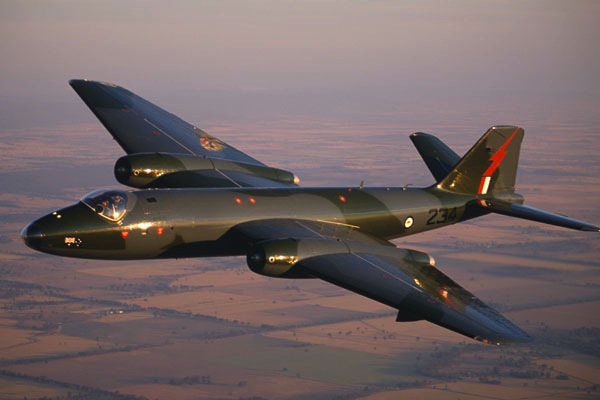

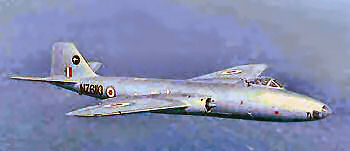 most
of the air strikes occurred around dusk. RNZAF Canberras took part
in strikes together with 2 Squadron.” Nothing like bombing
another SEATO country without approval!
most
of the air strikes occurred around dusk. RNZAF Canberras took part
in strikes together with 2 Squadron.” Nothing like bombing
another SEATO country without approval!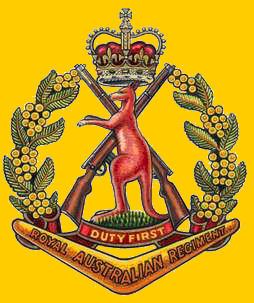
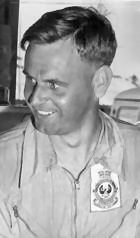
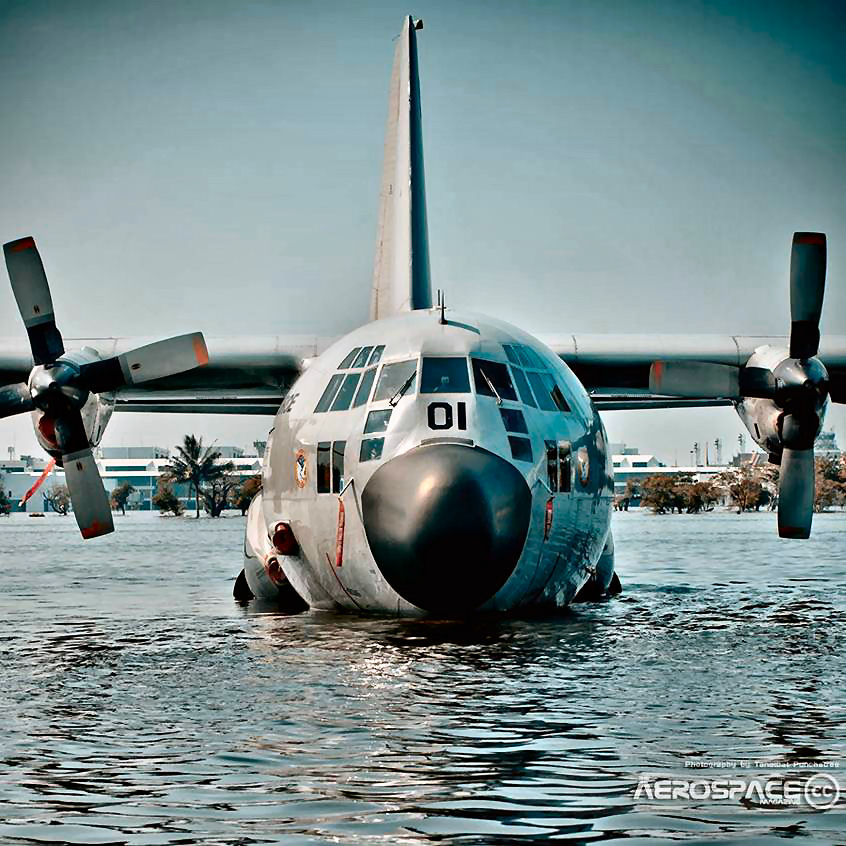
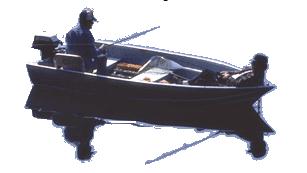 looks at him and asks, "What you gonna do with that. There ain't
no water deep enough to float a boat within 100 miles of here."
He says, "I won it and I'm gonna keep it."
looks at him and asks, "What you gonna do with that. There ain't
no water deep enough to float a boat within 100 miles of here."
He says, "I won it and I'm gonna keep it."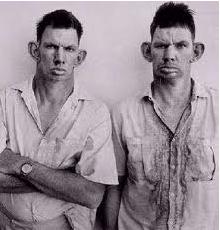
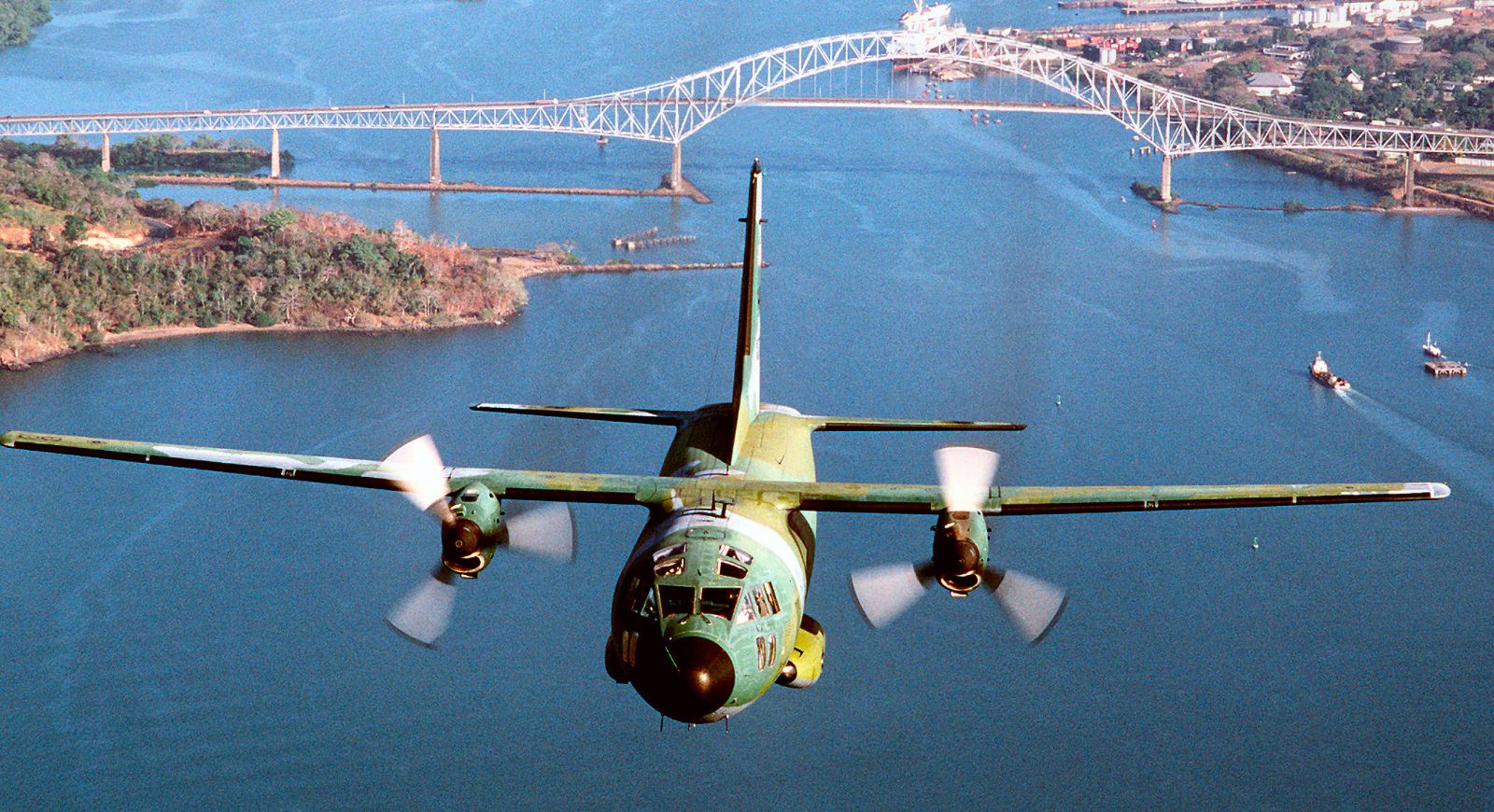
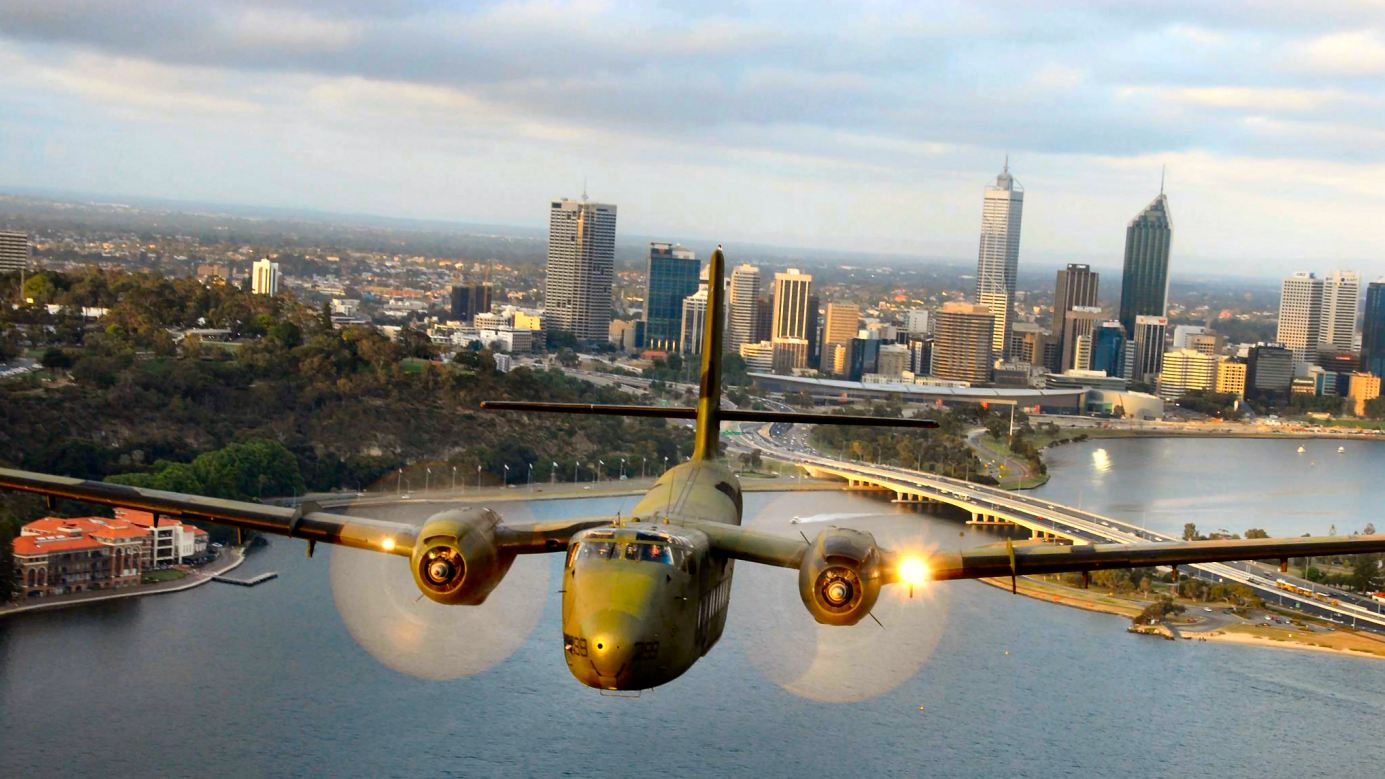
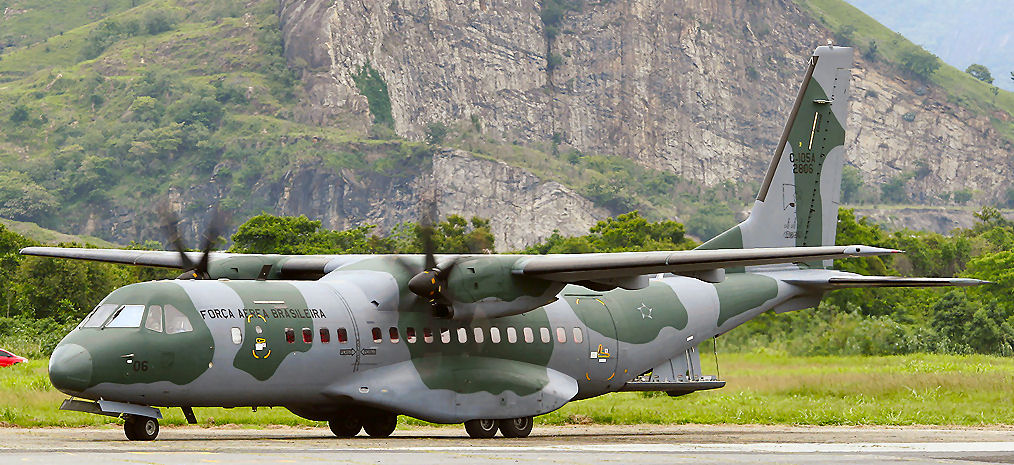
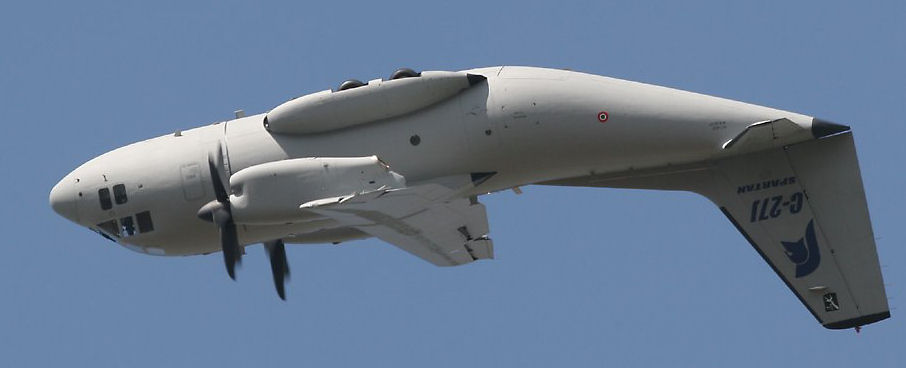 Unlike
the old Caribou, the C-27 is pressurized and air conditioned and can
do things like this though why you would want to is anyone's guess.
You definitely wouldn't want to try it in a Caribou or you would
have bits all over the place.
Unlike
the old Caribou, the C-27 is pressurized and air conditioned and can
do things like this though why you would want to is anyone's guess.
You definitely wouldn't want to try it in a Caribou or you would
have bits all over the place.